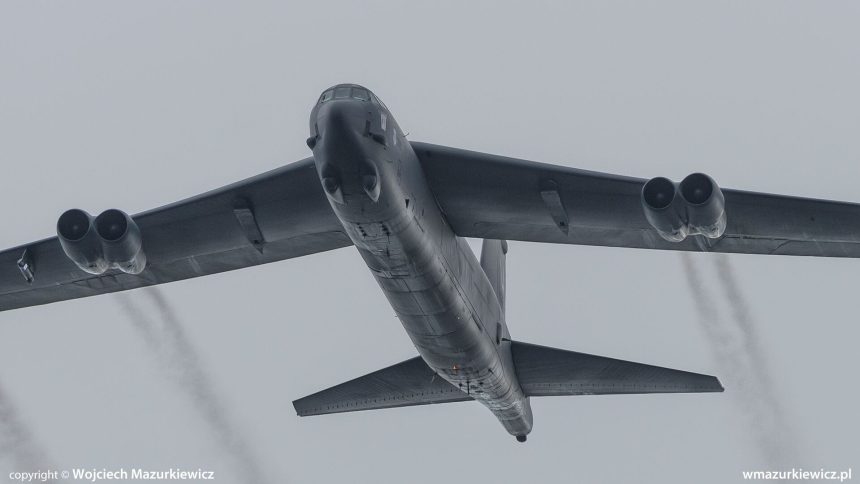This Is What A Modern Beach Landing Operation In The Baltic Region Would Look Like.
BALTOPS 2017 is the largest military exercise organized in the Baltic region this year.
The operation was held by the STRIKFORNATO (SFN) command, with Poland acting as the host nation. More than 40 vessels have entered the ports of Stettin and Świnoujście on Jun. 1, with some of them being accessible to the visitors.
Three days later, the aforesaid units sailed out, where the sailors perfected their interoperational abilities. The whole operation ended up on Jun. 18, in Germany.
The BALTOPS has taken place regularly, in the Baltic Sea region, since 1972. Initially, the operation only involved the NATO forces; beginning in 1993, members of the former Warsaw Pact were also invited to participate, Poland being no exception in that regard.
Since 1993 BALTOPS has become a part of the Partnership for Peace program. Currently the operation has a multinational profile and places a particular emphasis on training in the areas of gunnery, replenishment at sea, anti-submarine warfare (ASW), radar tracking & interception, mine countermeasures, seamanship, search and rescue, maritime interdiction operations and scenarios dealing with potential real world crises and maritime security.
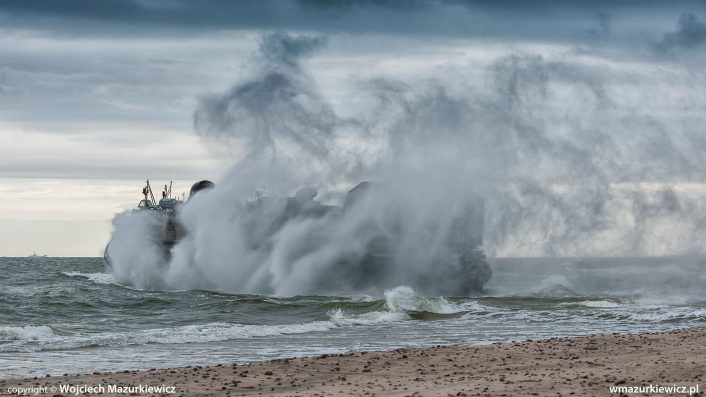
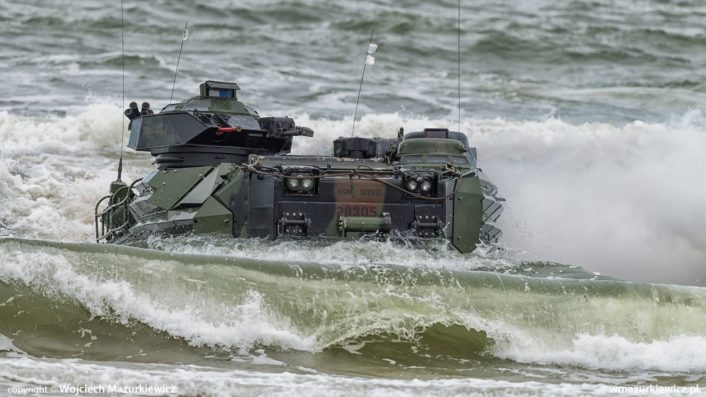
This year, the operation involved forces from Belgium, Denmark, Estonia, Finland, France, Germany, Lithuania, Latvia, Norway, Poland, Sweden, the UK and the United States (here we are also referring to the vessels of the Standing NATO Mine Countermeasures Group 1).
The Polish Navy was involved in the BALTOPS operation for the 27th time this year. The main naval component of the Polish Navy detached to take part in the operation included five minesweepers (ORP Dąbie, ORP Mielno, ORP Wicko, ORP Mamry, ORP Wdzydze), Lublin-class minelayer-landing ships: ORP Gniezno and ORP Kraków; and a submarine, ORP Bielik.
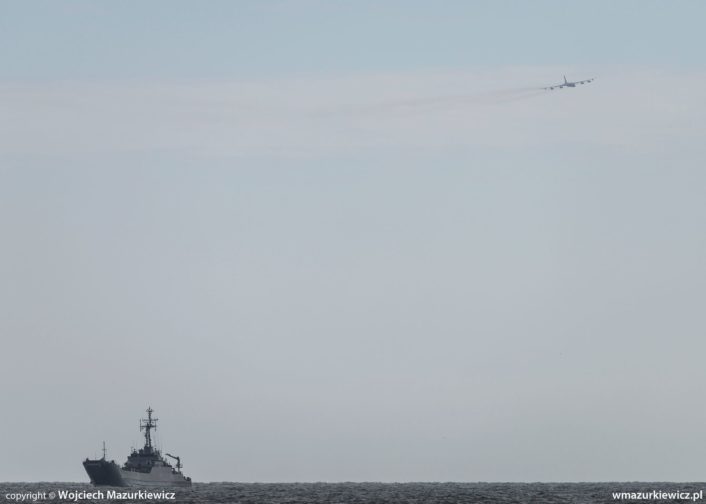
The whole operation was staged in the Baltic Sea area, within the naval training ranges of the Polish Navy, as well as within the naval and land portion of the Central Air Force Training Range, also located in the coastal region of Ustka.
On Wednesday, Jun. 14 the beach in Ustka became an arena, within which one of the most important portions of the exercise took place – a landing operation carried out by the task force group involved in the event. The main forces landing on the Polish beach included the 1st Battalion of the 23rd US Marines regiment, utilizing AAV-7 amphibious carriers and LCAC hovercraft. The whole operation was supported by 8 vessels, including two Polish minelayer-landing ships hailing from the 8th Coastal Defense Flotilla.
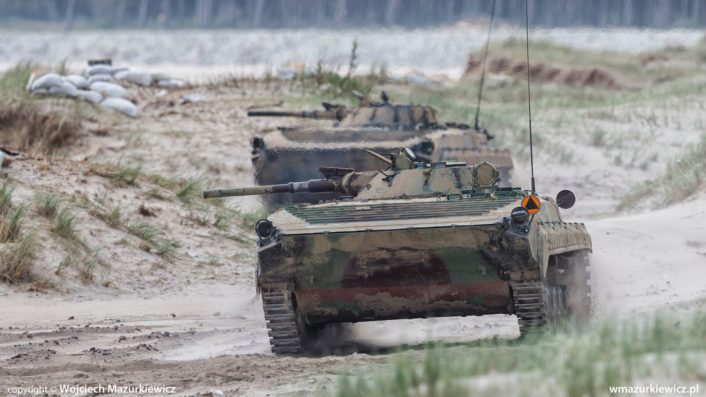
Nonetheless, the landing operation would not have been complete without involvement of the coalition’s air assets. The landing was preceded by a CAS (Close Air Support) simulation involving the USAF B-52 and B-1B bombers, two Polish F-16 jets, German Eurofighter Typhoons, as well as V-22 Osprey. Notably, due to the humid air over the Polish coast, clouds of condensation and vapor cones have been clearly visible on the surfaces of the participating aircraft.
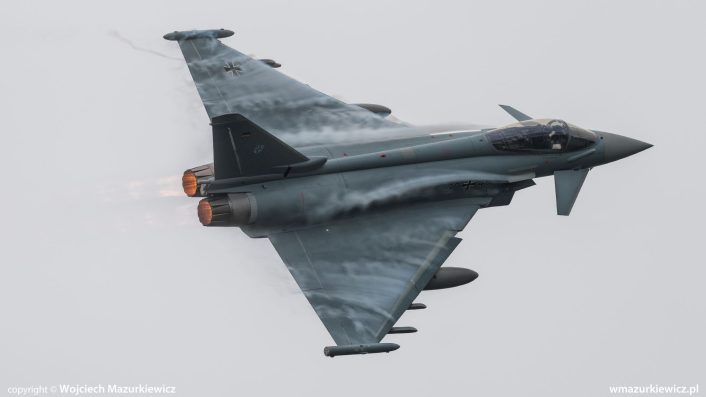
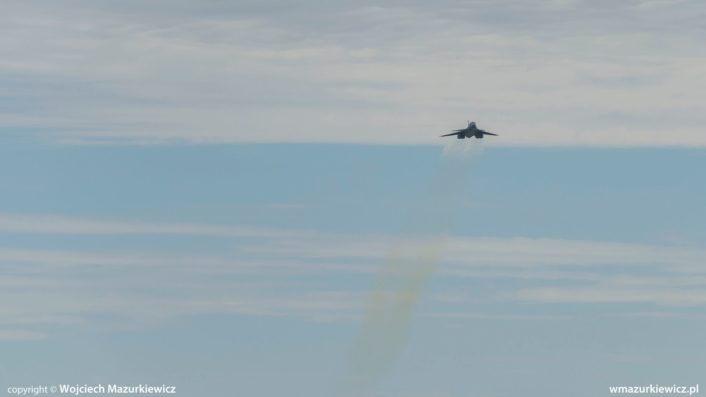
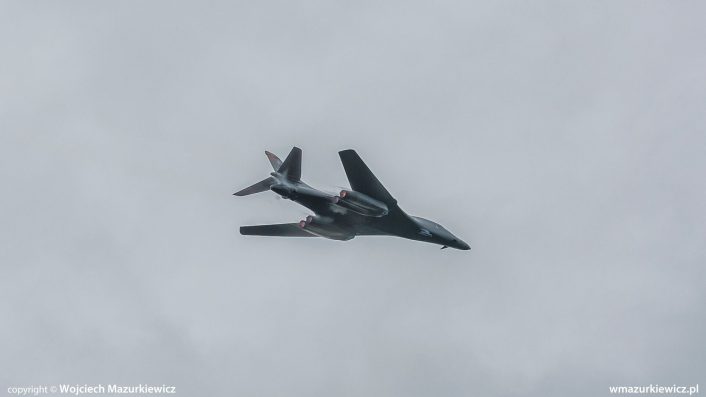
The red force simulation has been provided by a mechanized company of the Polish 7th Coastal Defense Brigade.
The whole operation was supervised by the commander of the 6th Fleet and STRIKFORNATO, Vice-Admiral Christopher Grady, along with Deputy Commander, Rear Admiral P. A. McAlpine. Poland was represented by the Deputy General Commander of the Armed Forces, Division General Jan Śliwka, and by Rear Admiral Jarosław Ziemiański – Deputy Inspector of the Navy, along with Brig. General Wojciech Grabowski.
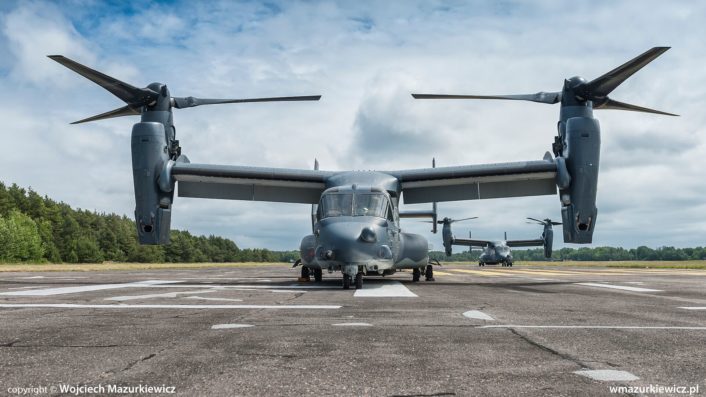
Image credit: Wojciech Mazurkiewicz

